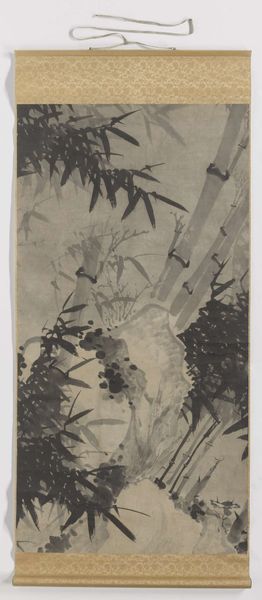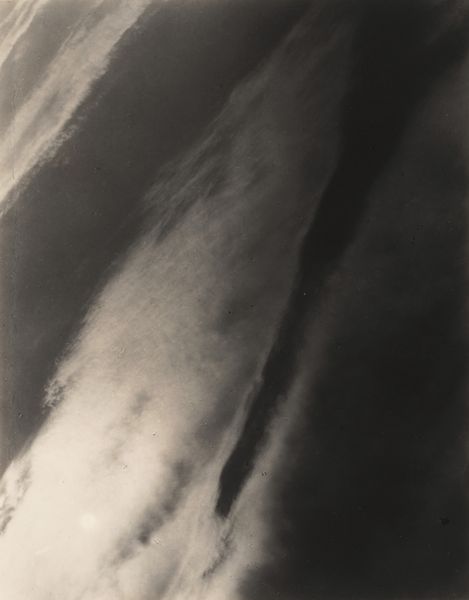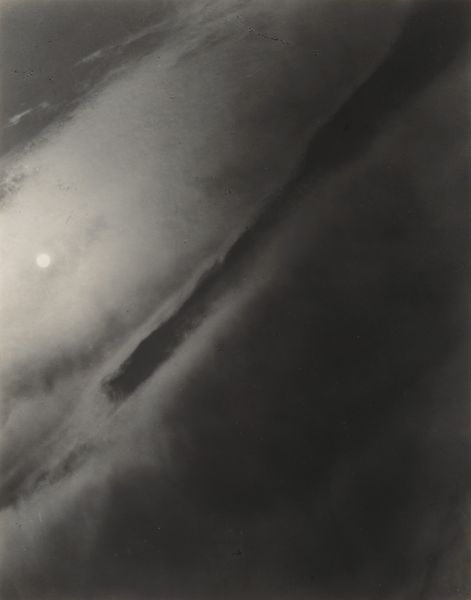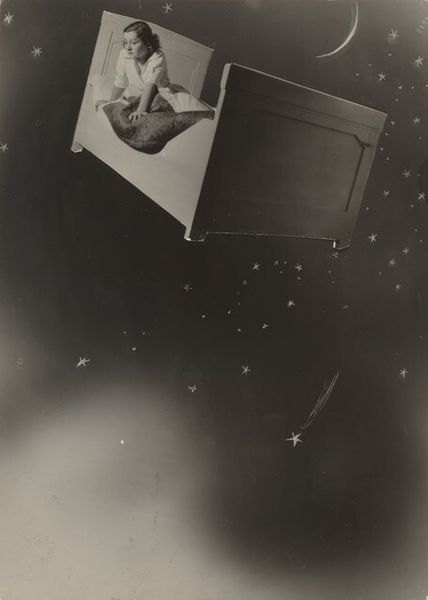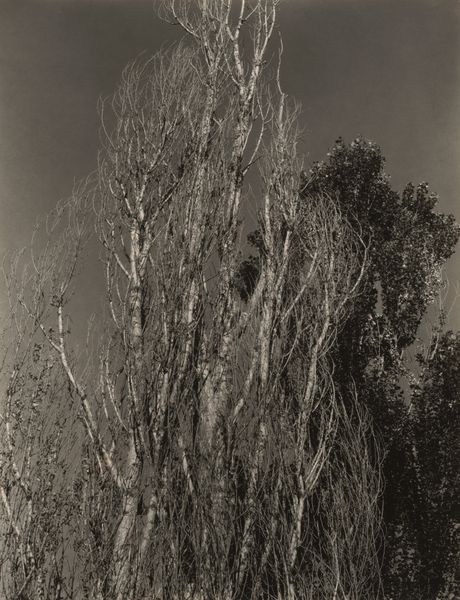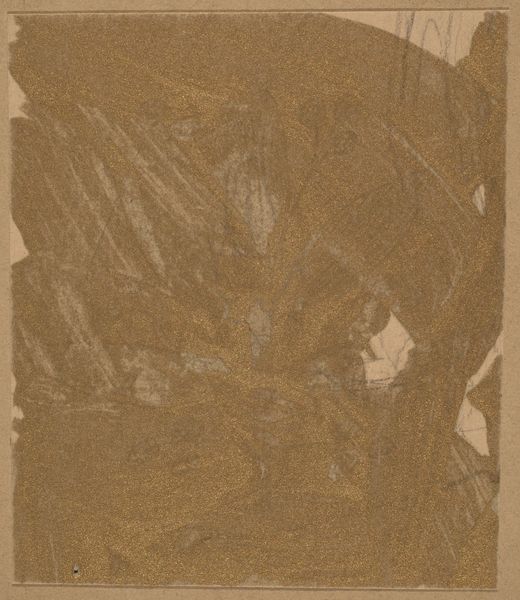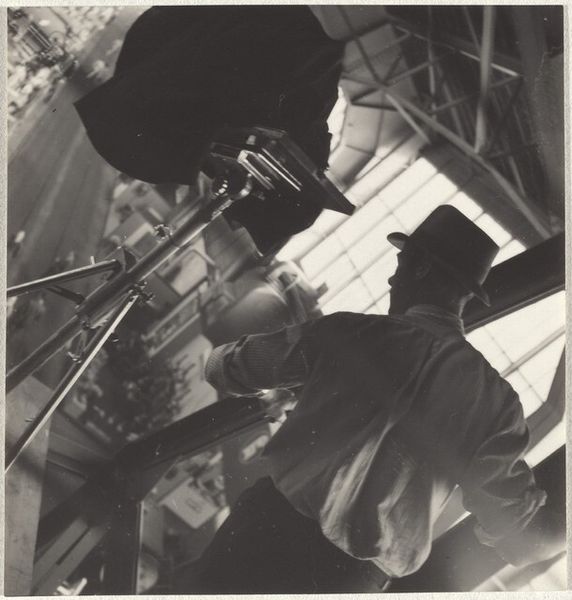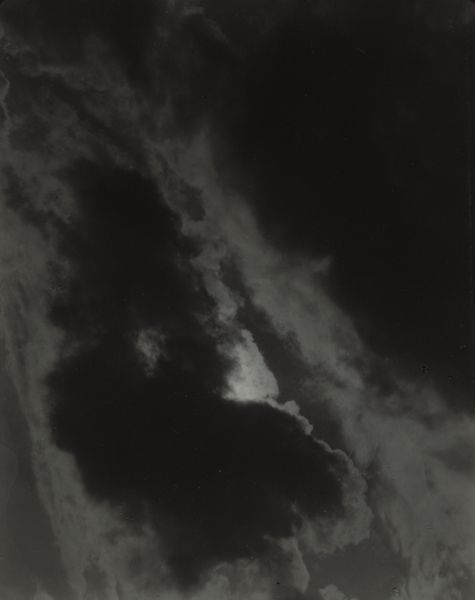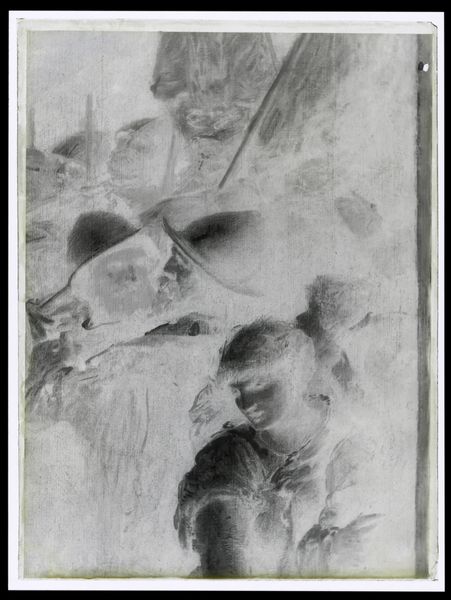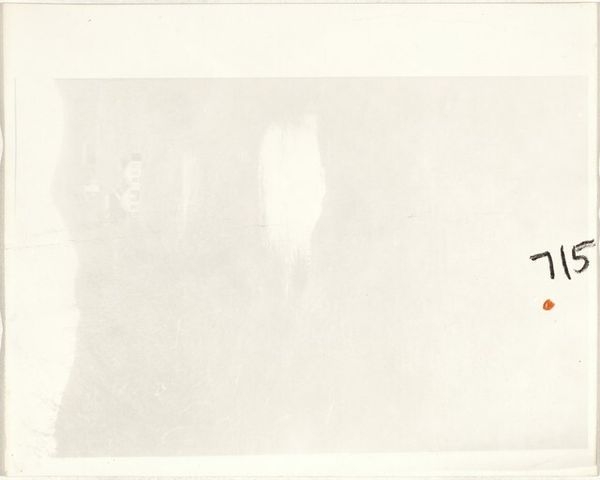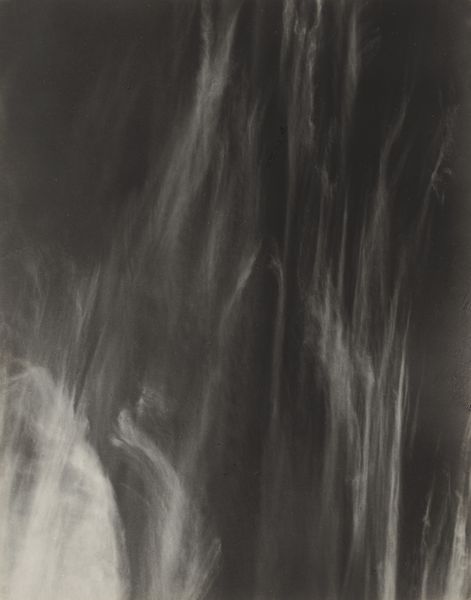
photography
#
still-life-photography
#
photography
#
watercolor
#
realism
Dimensions: height 112 mm, width 86 mm
Copyright: Rijks Museum: Open Domain
Curator: Standing here before “Bakove,” a captivating still life by Eugen Klein, dating back to somewhere between 1900 and 1905. It is part of the Rijksmuseum's collection and showcases a cluster of bananas amidst their lush foliage through photography. Editor: My initial reaction is of faded grandeur. The sepia tones give it a ghostly beauty, almost as if it's capturing a memory on the verge of disappearing. There’s something melancholic about the almost monochrome, washed-out aesthetic. Curator: Absolutely. Klein's work at this time period existed within a complex socio-political atmosphere as well as being involved in a historical photography environment and movement; it is interesting to understand and research his choices and his message regarding his subject. One cannot look at turn-of-the-century artwork without seeing these influences, right? Editor: I agree completely. You cannot extract art from the time period it was produced. What fascinates me about this photograph in particular is the quiet power dynamic at play. These fruits, likely an exotic commodity at the time, are rendered almost fragile through the soft focus and gentle tones. It raises questions about accessibility and privilege. Curator: That's a fantastic observation! Still life, particularly in the 19th and early 20th centuries, became a realm for artistic exploration. Photography offered realism while artists had more license and means than ever before; looking at all the nuances is exciting! Editor: Exactly! And the choice of bananas—laden with their own complicated history, referencing colonialism and trade—lends so much more depth than if it was merely an apple, you know? It compels us to ask, 'Whose gaze is this created for?' and 'Who had access to these fruits, both in consumption and representation?' Curator: Food, especially in still-life compositions, often serves as a signifier of wealth, but you're correct, considering what the work elicits for the viewer from then until now, it gives it even further power. Editor: Looking at "Bakove," it is difficult to unwrap all its symbolism, which speaks volumes about its time and place. It compels one to not merely see but to question. Curator: Indeed. It offers insight into the complex dialogue between society, art, and material culture during Klein's era. I leave you with that insight. Editor: Precisely. Here is a frozen, historical, colonial moment open to a multiplicity of interpretations. Thank you.
Comments
No comments
Be the first to comment and join the conversation on the ultimate creative platform.
